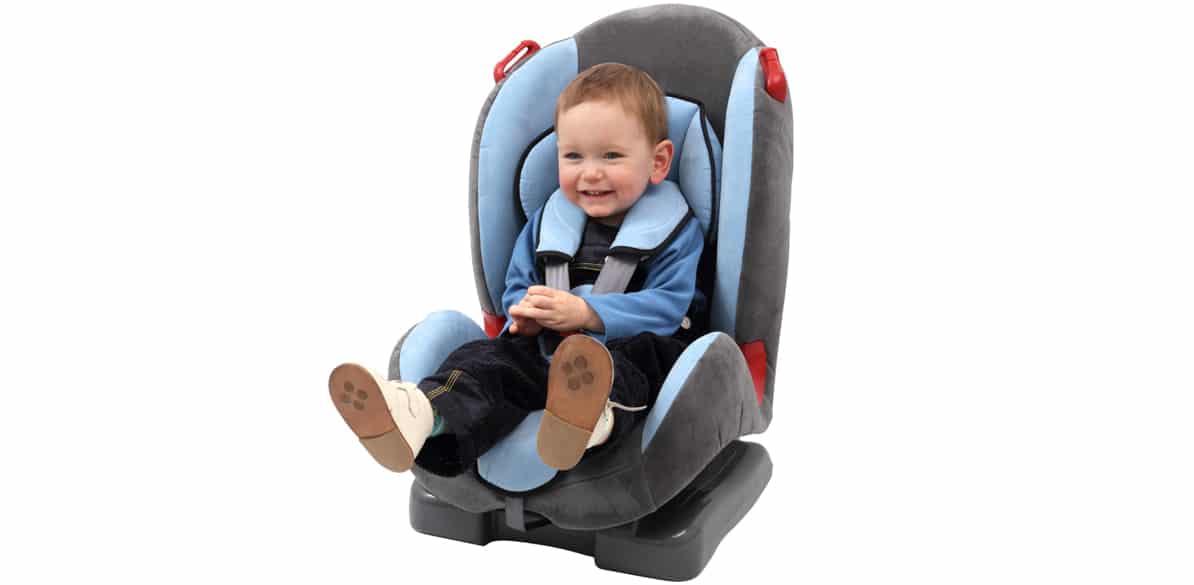Recycling child seats when they are no longer serviceable

Any kind of car safety feature, whatever it may be, cannot be used if it has any kind of fault or if it has fulfilled its main purpose:protecting the occupants following a collision.The following examples speak for themselves:an airbag must be replaced after being deployed in an accident; a seat belt that has been over-stressed while protecting the occupant must be replaced, and the same applies to child seats.
Indeed, in the case of child restraint systems there are other factors that need to be taken into account, such as the purchase date and the expiry date, i.e., the date after which the manufacturer cannot guarantee that the child car seat will fulfill its protection purpose.This is a delicate issue which should not be taken lightly and there are certain implications to bear in mind.
For example, you may have doubts about buying a second-hand child seat because you do not know the full history of the device; i.e., whether it has ever been involved in a collision; you might also have doubts if you do not know exactly when it was bought or what the recommended use-by date is.
However, there are alternatives, such as an American initiative that promotes the recycling of child restraint systems to help protect the environment and, at the same time, give some of the seats’ components a second life.This project began in 2012 and offers some very good reasons why parents should recycle their old or unserviceable child seats.The secondary objective (and just as important) is to prevent other children from travelling in unsuitable seats.
Why do CRSs have a limited lifetime?
There are many reasons for this, and here below are some of the most important ones:
- The passage of time affects the components.All child restraint systems have a use-by date on the sticker, normally found on the side of the seat.After this period of time, safety cannot be guaranteed because the condition of the plastic components of the seat can change over time, making it more fragile and less able to resist the forces unleashed in a collision.Fundación MAPFRE recommends changing your CRS after 6 years.
- In a collision, the plastic components of the seat are subject to tremendous stresses which can cause internal fractures that are impossible to see but, in the event of a second collision, could destroy the seat, leaving the child unprotected.This is why they must be replaced.
- There are other types of damage that can also go unnoticed, especially if you have not been involved in any kind of accident, such as wear-and-tear damage to the securing belts, the buckles of the harness or any other plastic part that may be worn or damaged (for example, if you drop the CRS when putting it into the car).
- Product recalls or outdated technology.Sometimes manufacturers will issue warnings about structural or other production faults to a CRS, giving users the chance to return the child seat to the factory for repair or recommending its destruction.In all these cases you should take heed of these warnings because safety always comes first.
Recycling child restraint systems does not necessarily mean donating them to be repaired and re-sold.It means that the seat will be dismantled, separating all the different components (plastic, metal, foam, etc.) so that each one of them can be processed and then separated into specific types of plastic or metal.Plastics are crushed and packaged in huge bales to be sent to plastic reprocessing plants, while metals are sent to metal processing plants to be reused or recycled.
This kind of initiative helps improve children’s safety by removing faulty units from the market and, at the same time, it helps to protect the environment by keeping unusable child seats away from rubbish dumps.
